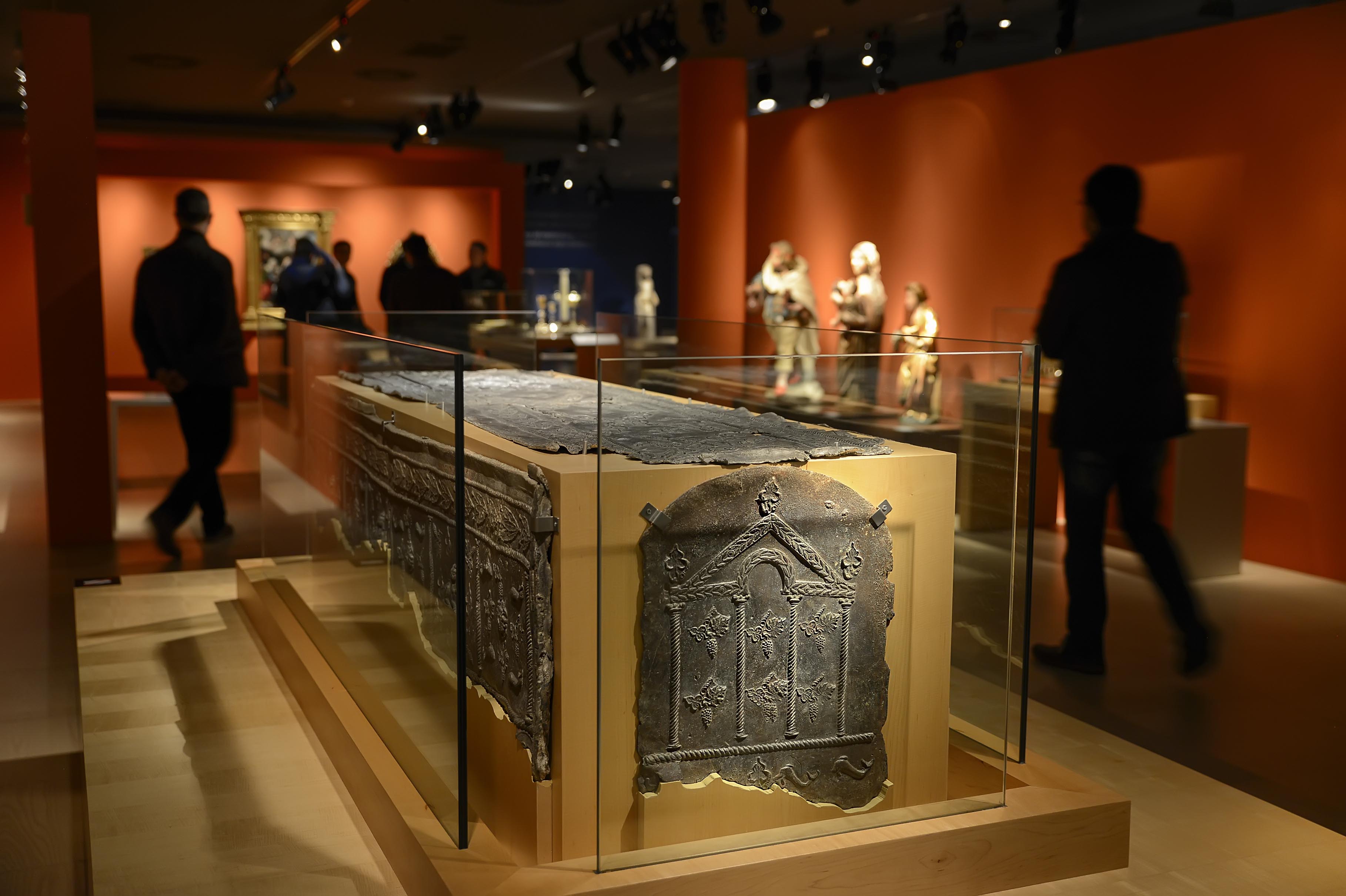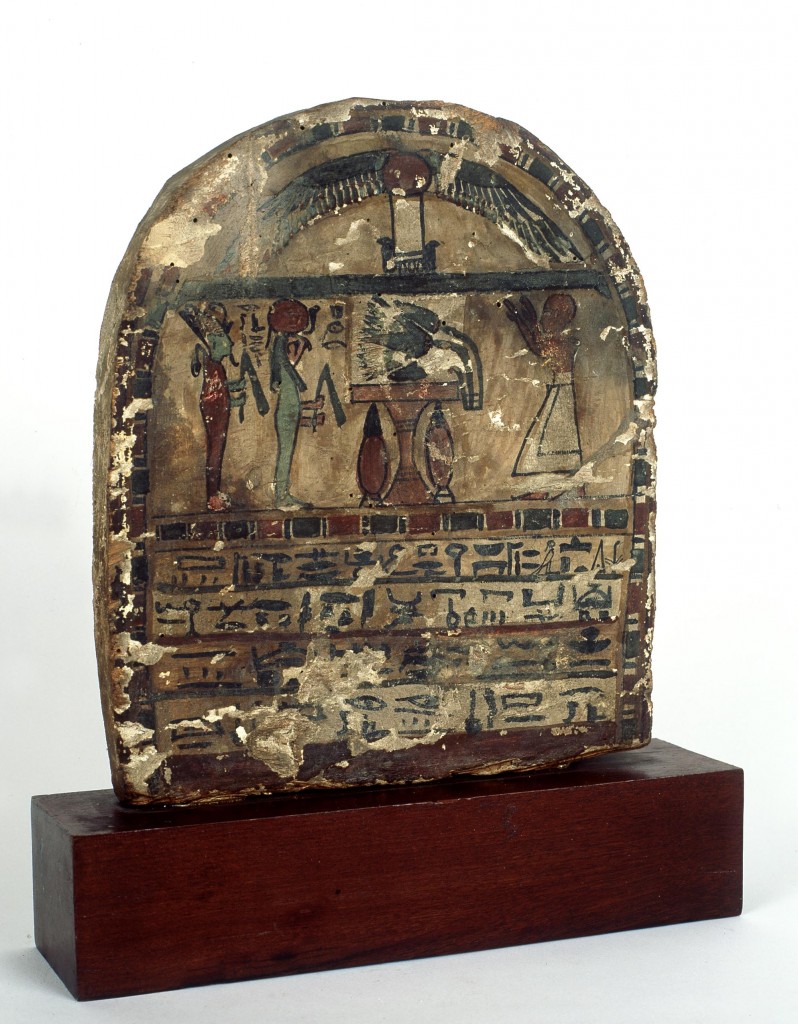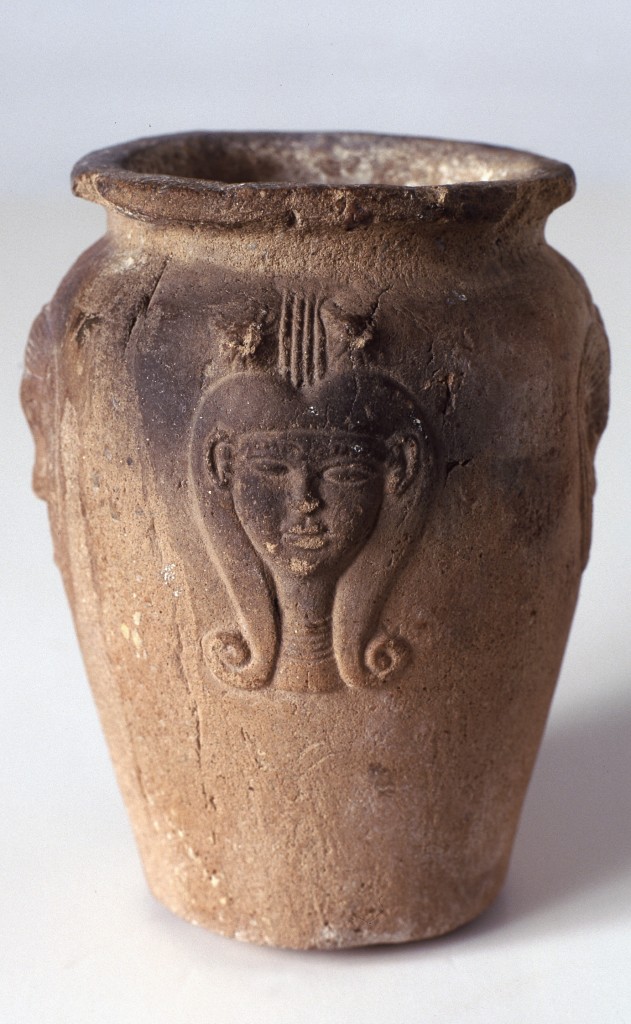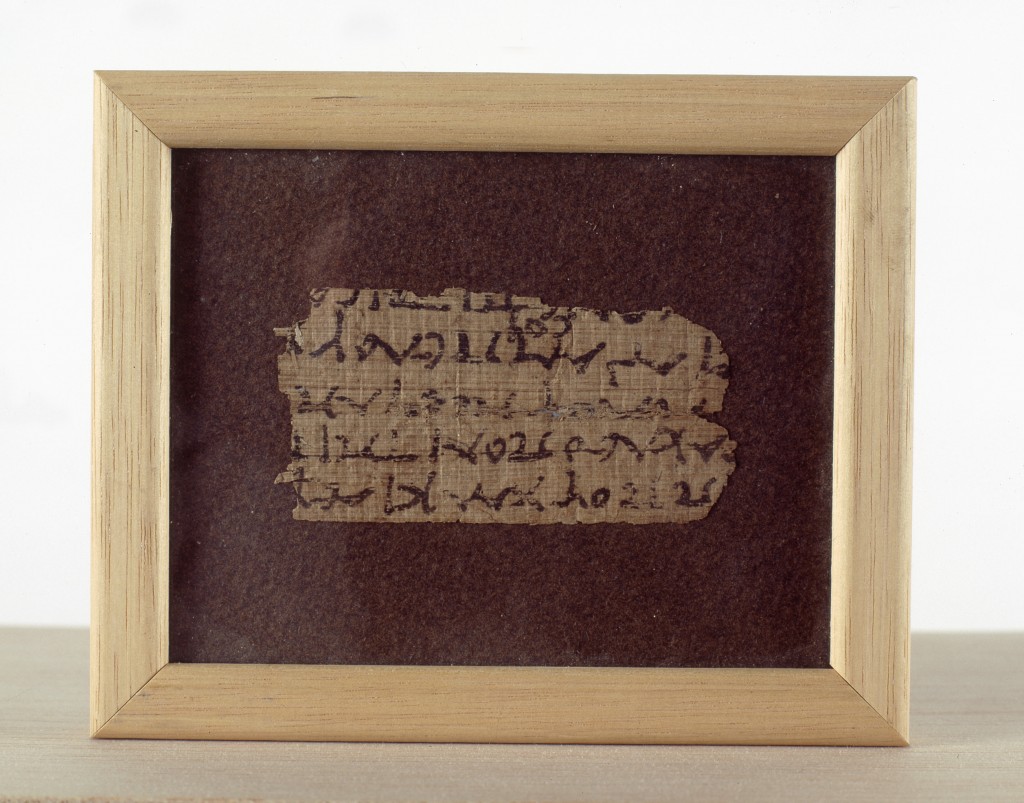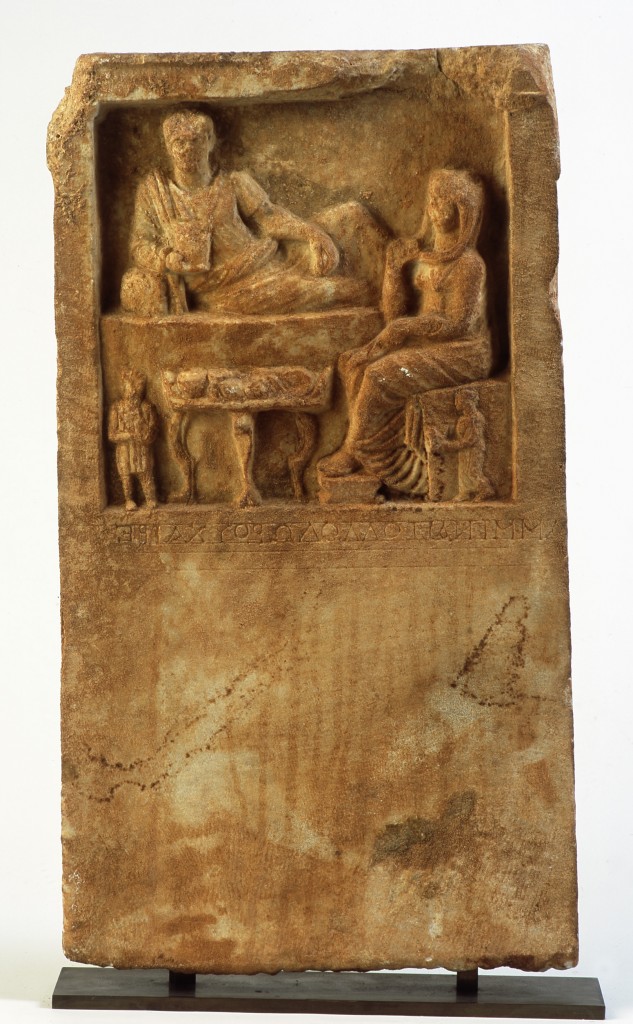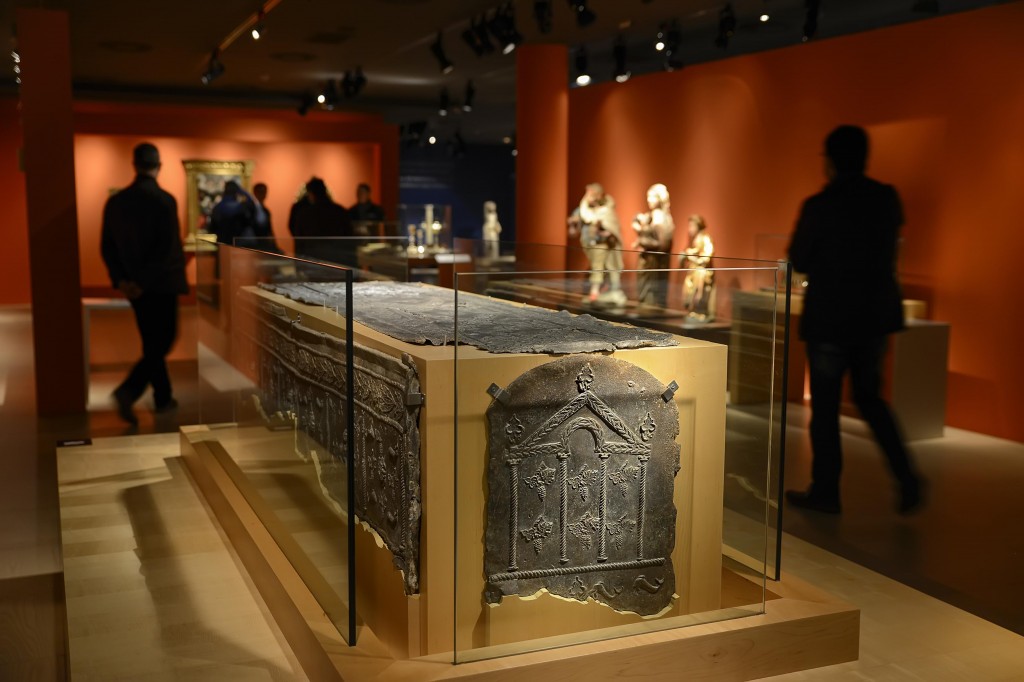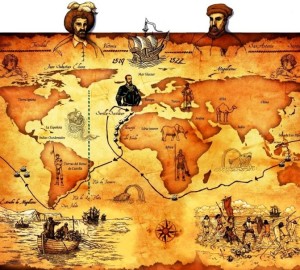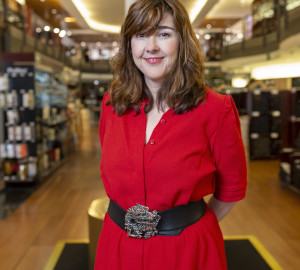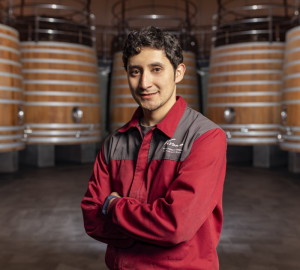Wine has always played a fundamental role in the funerary rites of ancient Mediterranean cultures. Its powerful symbolic charge, as a vital element associated with blood, a metaphor for regeneration and immortality, meant that it was widely used in burial ceremonies, cremations, offerings, prayers, libations and funeral banquets.
In ancient Egypt death was conceived as a journey to another life. For the highest-ranking people, above whom was the pharaoh, mummification was performed, which served to preserve the body for the afterlife. The mummy (placed in a sarcophagus) was placed in a tomb, decorated with paintings and texts recounting the life of the deceased, along with personal objects and foodstuffs needed for the afterlife. Famous is the tomb of Tutankhamun, the young pharaoh of the 18th Dynasty (New Kingdom period, 1543-1292 BC). Hundreds of objects were placed around the sarcophagus of the pharaoh, including baskets, perfumes and several wine amphorae. The latter contained detailed information about the characteristics of the wine they contained, such as the area of origin, the year of harvest, the ownership of the vineyard and the name of the producer. A very interesting study on the wine tradition in the Egypt of the Pharaohs can be found in the book El vino de los faraones by María Luz Mangado Alonso, published in 2003 by the Foundation Vivanco.
The funeral ritual of cremation was widely practised in ancient Greece. In numerous episodes of Homeric poetry, this custom appears as a common practice in archaic times. In this ceremony, wine was used on the one hand as a libation, poured on the ground while the pyre was burning, and on the other hand to extinguish the ashes after combustion and to wash the remains of the corpse, before storing them in amphorae and funerary craters, which were gradually replaced by decorated stelae. In the final part of the Iliad, for example, the funerals of Patroclus (Canto XXIII: Games in honour of Patroclus) and Hector (Canto XXIV: Rescue of Hector) are narrated. In both cases wine is used precisely for this dual ceremonial function.
The similarity between blood and wine was also particularly appreciated in Roman culture, where sacrificial banquets and funeral rituals also became occasions for using and consuming wine. As Josefina Urrea Méndez writes(Los ritos funerarios: Iberia y Grecia, 2009): "The importance acquired by wine in these acts was due to the fact that, because of its colour and texture, it was the best substitute for blood, the preferred drink of the dead (...) Funeral banquets were held on specific days and there were several banquets throughout the year that were related to specific festivals. In Rome, wine was even drunk after the burial (circumpotatio), whether it involved cremation or burial, wine was offered to the deceased and then the vessels used were broken".
The cultivation, production, trade and consumption of wine in ancient Mediterranean civilisations is of particular interest to historians, philologists and archaeologists. In particular, research into archaeological sites and remains that tell us about the long and close relationship between wine-making and funerary rituals provides essential elements for understanding and interpreting the material and symbolic culture of the peoples who preceded us.
For several years now, the Museum Vivanco de la Cultura del Vino has been at the forefront of the development of the archaeology of Wine Culture in Spain, both through the collection, conservation and exhibition of pieces for its own archaeological collection and through support for research. Among other things, we can recall that, in 2014, the museum hosted the XII Congress of Wine Museums of Spain, dedicated to "Archaeology and wine". That same year, the Foundation Vivanco received the Villa de Tudelilla Medal award for its archaeological work. In 2017, the archaeological site of Cerro de San Bartolomé de La Noguera (Tudelilla), owned by the foundation, was declared an Asset of Cultural Interest (BIC) by the Government of La Rioja. Finally, it is worth remembering that on 13 May, on the occasion of the seventh edition of "Maneras de contar la Cultura del Vino" (a project that aims to bring the world of wine to the general public through experts and professionals from different sectors), the Rioja archaeologist Carlos López de Calle and the journalist and writer Nieves Concostrina were invited to the Museum to talk about these topics.
Before we say goodbye, here are 5 outstanding works from the archaeological collection of the Museum Vivanco's collection , in which we can appreciate very closely the importance of wine in the funerary rites of antiquity.
This magnificent funerary stele dates to the Third Intermediate Period of Egypt, 22nd Dynasty (945-15 BC). It was made for the deceased Sheny-Nefer and is decorated with a funerary offering scene and a hieroglyphic inscription. The scene depicts the deceased in profile, dressed in a white linen kilt, worshipping two gods of the dead in front of a rich offering table. Underneath the table are two sealed amphorae possibly containing wine. In the text we read that the deceased (assimilated to Osiris, god of the dead) pays homage to the god Ra-Harakhte, defined, among other things, as 'the judge of the two wines and of oil'.
This perfectly preserved cone-shaped Egyptian vase is made of clay. The face of the goddess Hathor is depicted four times on its surface (twice in human form and twice in the form of a cow's head). Hathor was highly venerated in ancient Egypt and was considered the patron saint of wine. Her main cult took place in Upper Egypt, in the temple of Denderah. This vessel was probably used by those initiated into the cult, who consumed wine in abundance during festivities.
This fragment of Egyptian papyrus (3rd-2nd century BC) bears an inscription in Greek characters in five horizontal lines. Although much of the text has disappeared, a reference to the purchase of vineyards can be read. With the arrival of Alexander the Great (in 332 BC), Hellenistic culture was introduced into the Nile Valley and joined the Egyptian tradition.
This stone funerary stele (1st century AD) dates from the Imperial period of ancient Rome. A framed scene is depicted in relief at the top of the stele. The deceased, leaning on a triclinium, holds a vase in his right hand. Next to him is a woman in profile (possibly his wife), seated on a bench, with her veil hanging from her head. Below the triclinium is a table with various types of food and two small figures (possibly the son and daughter of the deceased).
This Roman lead sarcophagus (3rd-4th century AD) would have been inserted into a stone, ceramic or wooden sarcophagus. It is divided into five parts (two bottoms, two sides and a lid). It is decorated in relief with a variety of motifs, such as bunches of grapes, garlands of flowers, sphinxes, plaits and architectural elements, among others. This type of sarcophagus was very common in the eastern Mediterranean.






